skyscan
New Member
What an amazing thread. Thanks to everyone posting these old pictures of Toronto. I could only imagine what life was like back then.
|
|
|


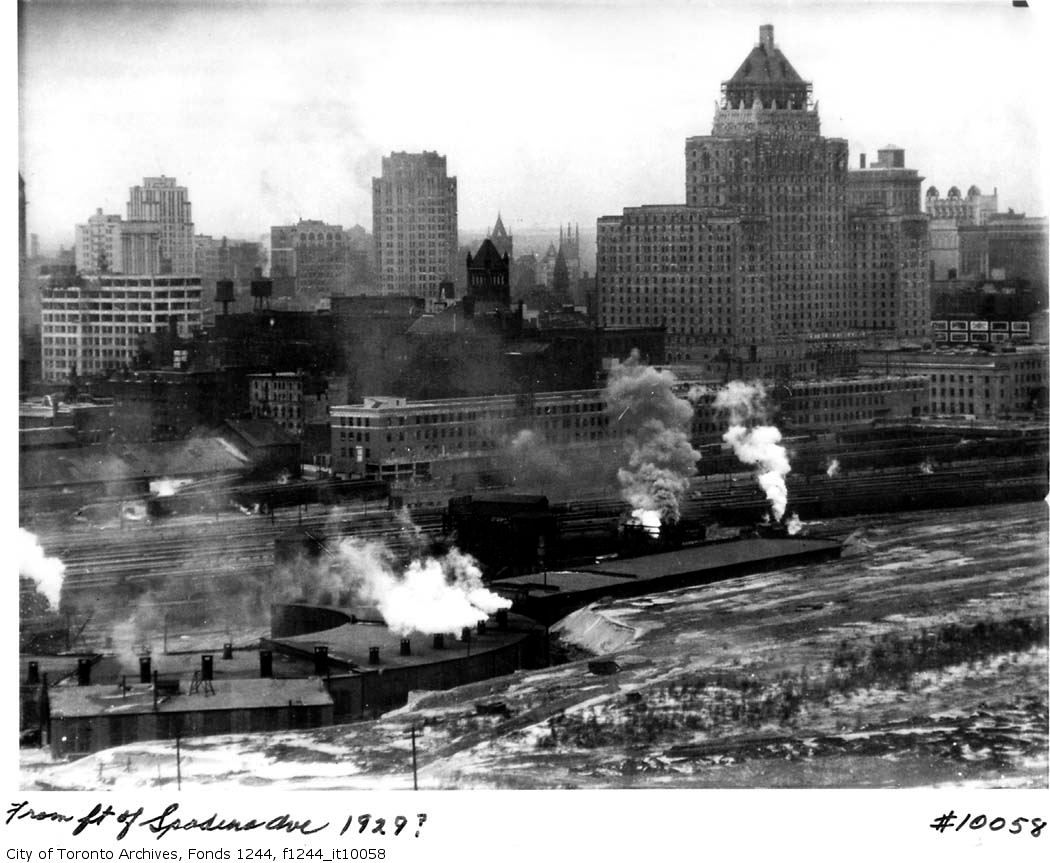
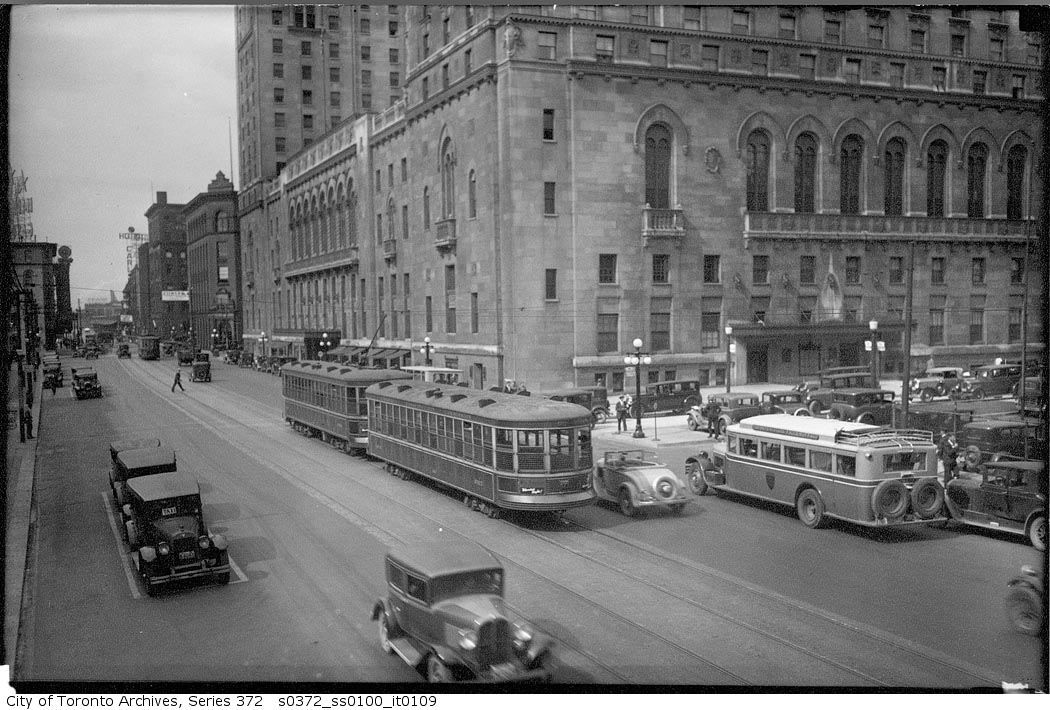








My office window overlooks Park Rd. This is crazy! Lol. To think I could've been overlooking a Methodist Church and a Ladies College.
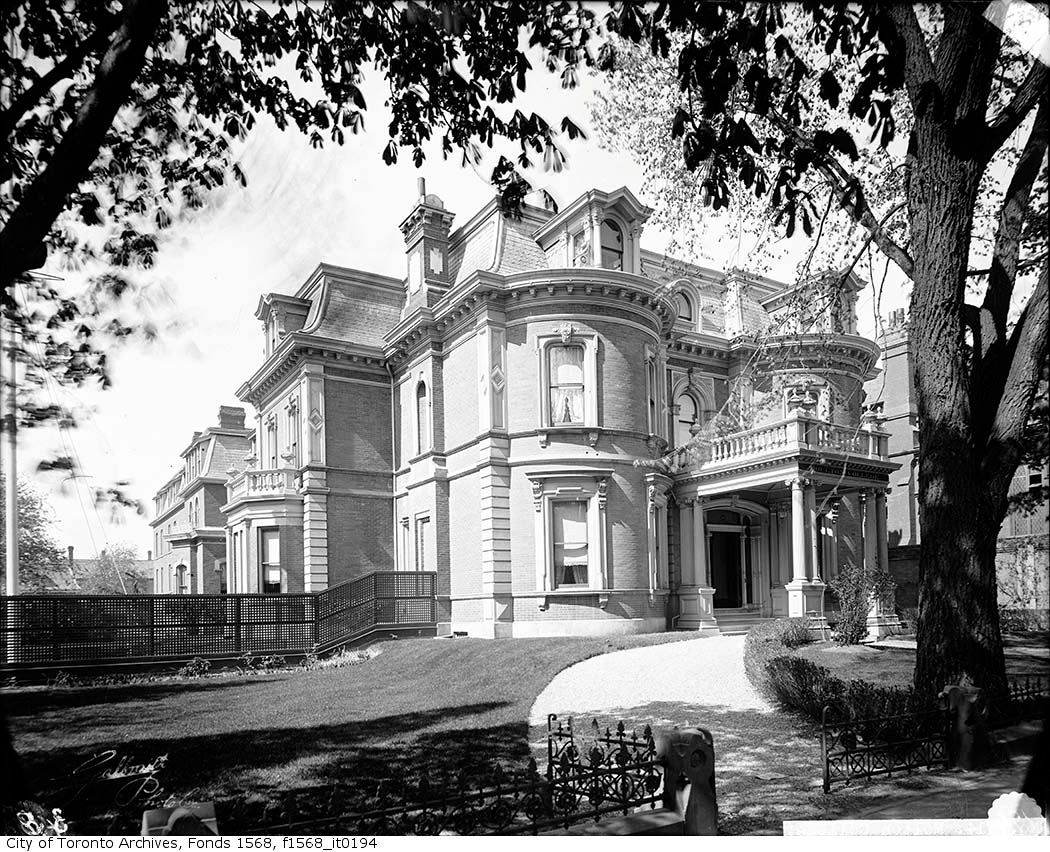













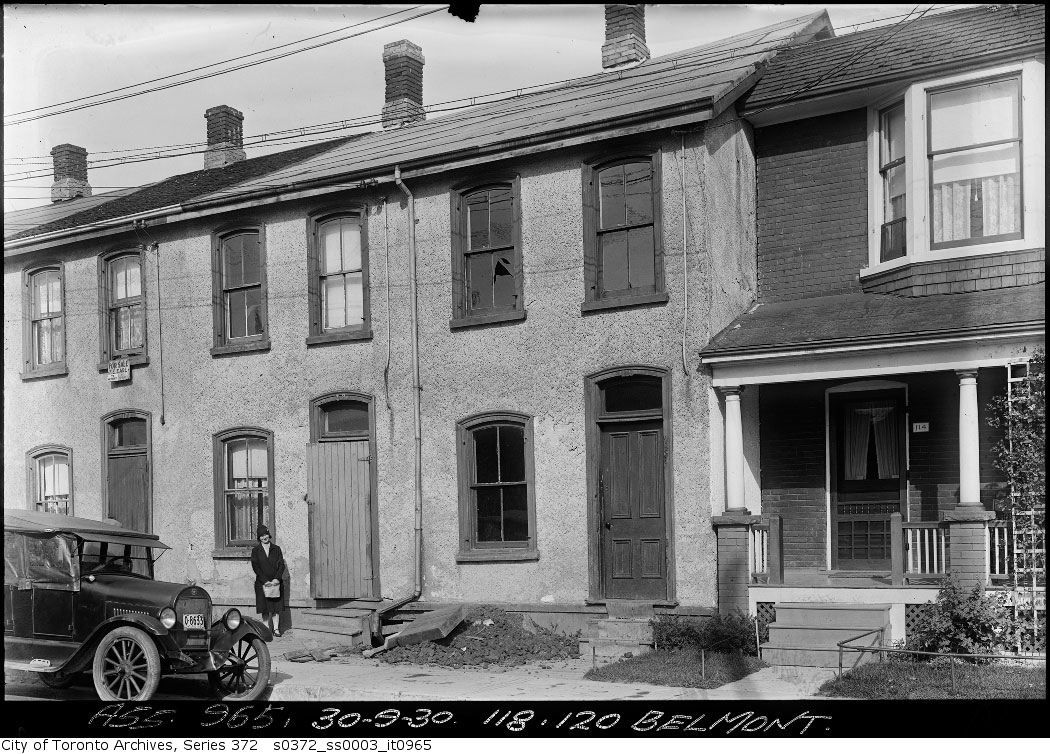
More working-class Yorkville. The houses on Collier vanished when Church Street was extended north to meet Davenport in the early 1930's:




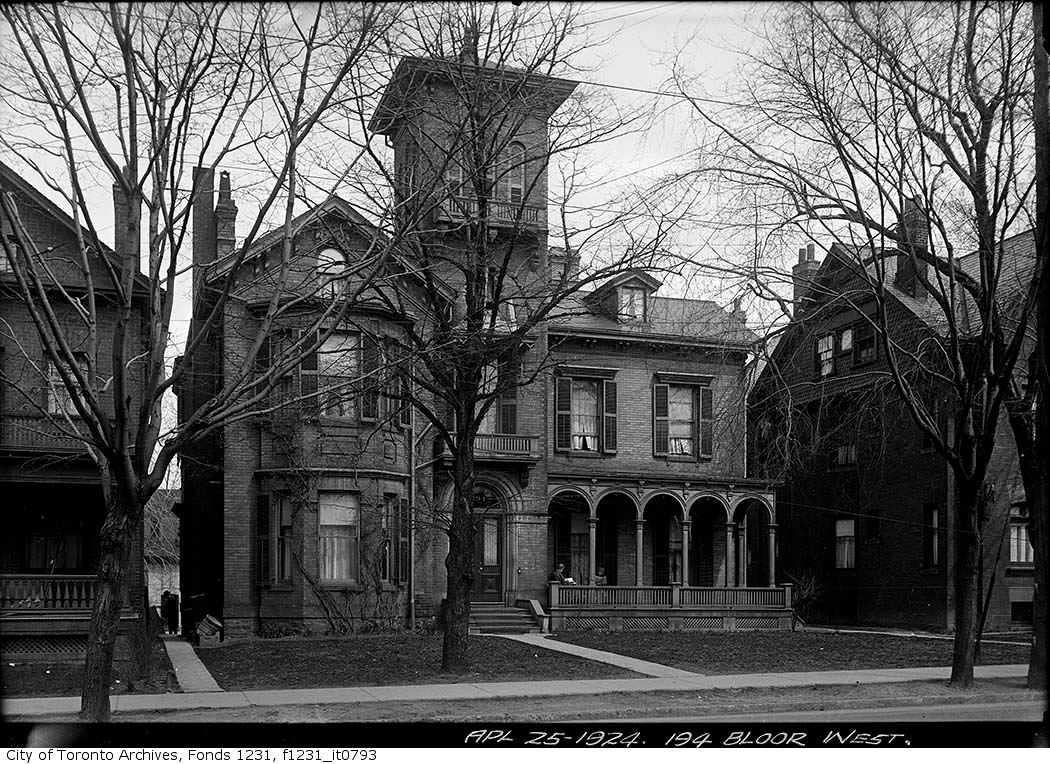
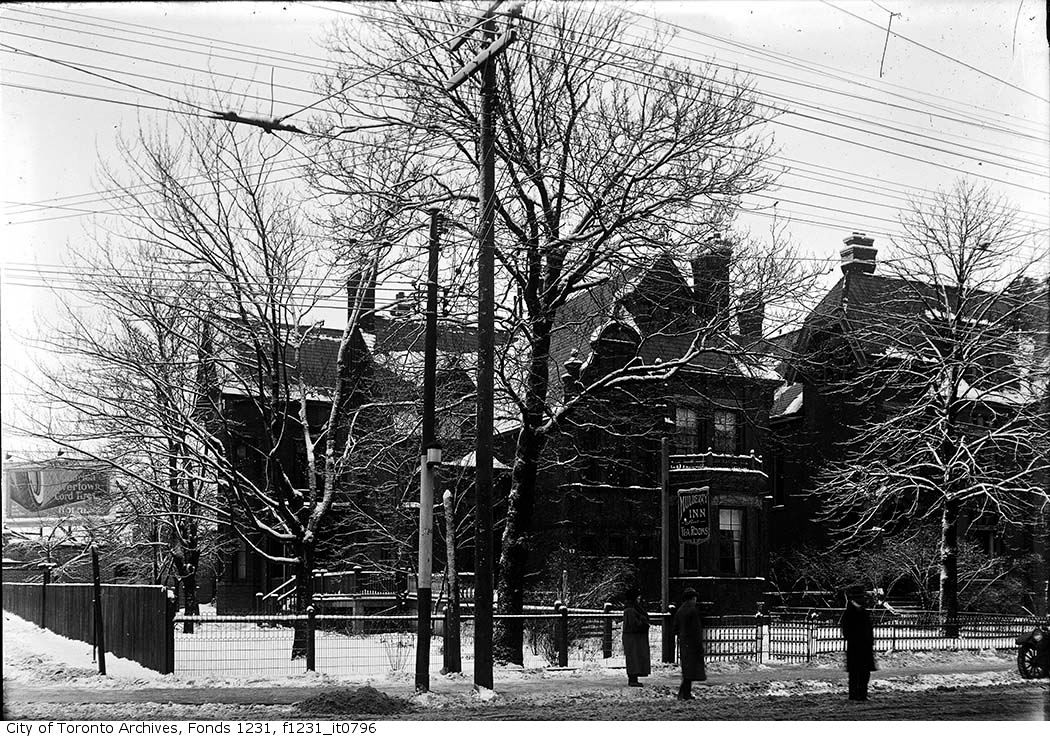



Does anyone know the location...
University Avenue, according to John Ross Robertson:




